On this page, you can see photos of various puratan saroops (old handwritten volumes) of Guru Granth Sahib Ji. The saroops can be divided into three broad categories – Bhai Gurdaas Ji’s Beerh, Bhai Banno Ji’s Beerh and Damdami Beerh.
These are the most commonly available puratan Beerhs. The primary differences between these three Beerh categories are
- Beerhs tracing their origin from Bhai Gurdaas Ji’s Beerh have no Raagmala and no Baani of Guru Tegh Bahadur Ji.
- Beerhs tracing their origin fromBhai Banno Ji’s Beerh have no baani of Guru Tegh Bahadur Ji. They have Kacchi Baani including Meera Bai’s baani and Surdaas’ baani which is not considered Gurbani. In these Beerhs, Mundaavani is followed by Kacchi Baani Jit Dhar Lakh muha(n)madha, Salok Mahalla 1 Bia aatas aab, Rag Ramkali Ratan Mala, Hakikat Rah Mukam Raja Sivnat Ki and then at the end is Raagmala
- Beerhs tracing their origin from theDamdami Beerh have no Raagmala. The Baani of Guru Tegh Bahadur Ji is present in these Beerhs.
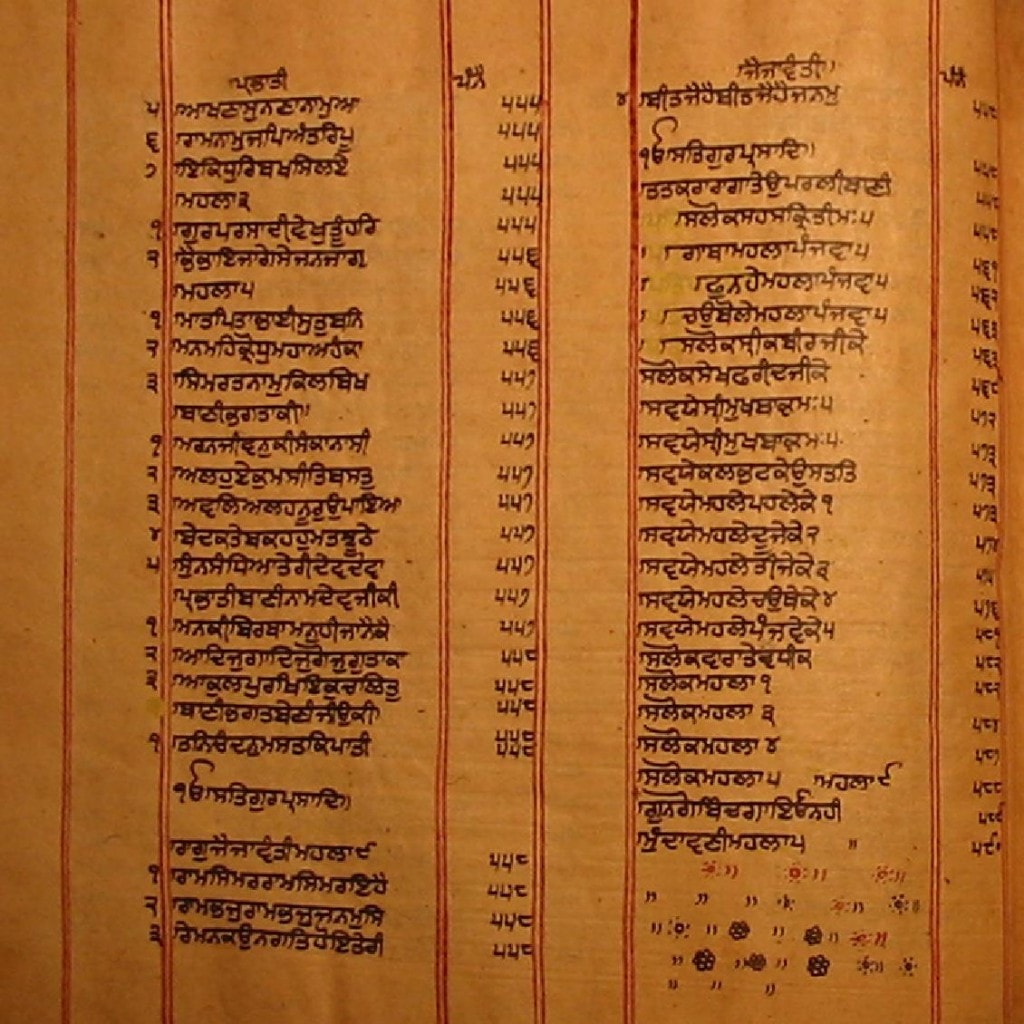
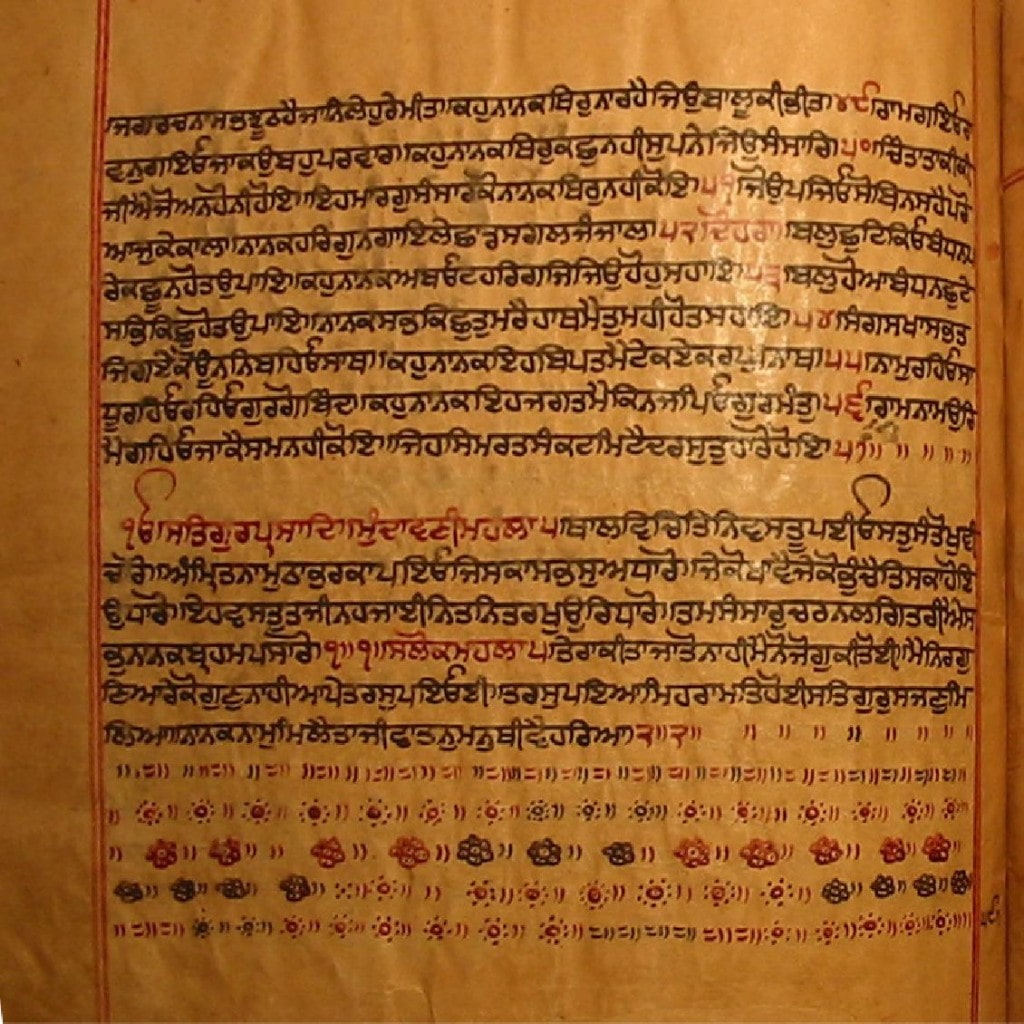
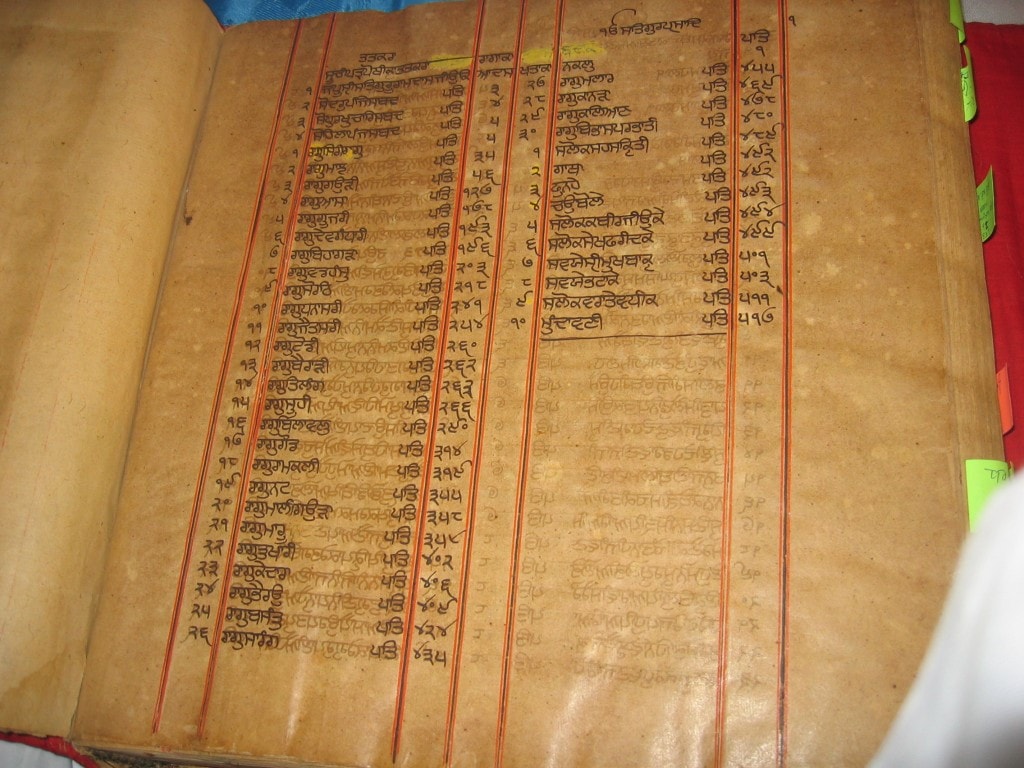
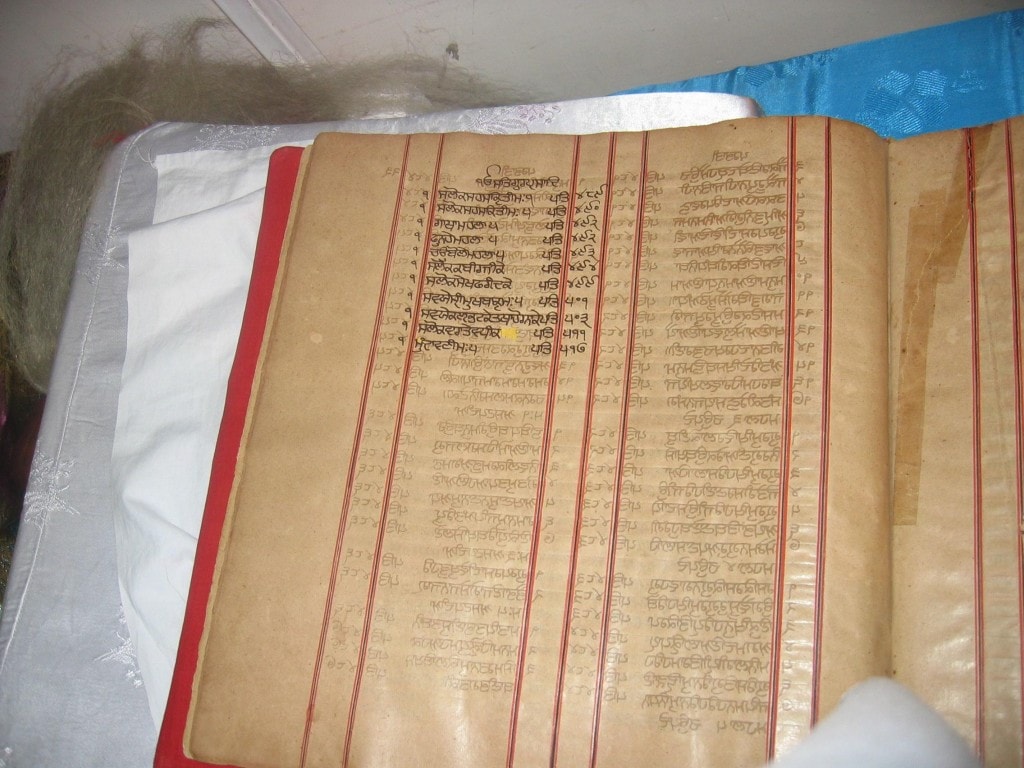

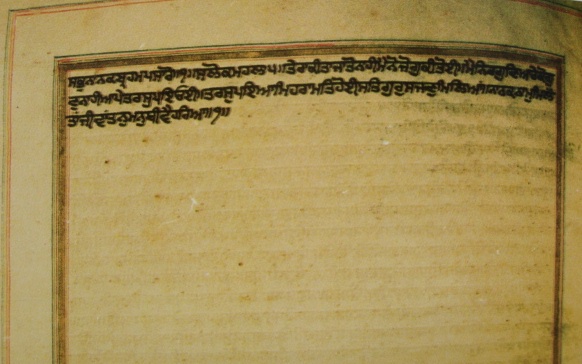
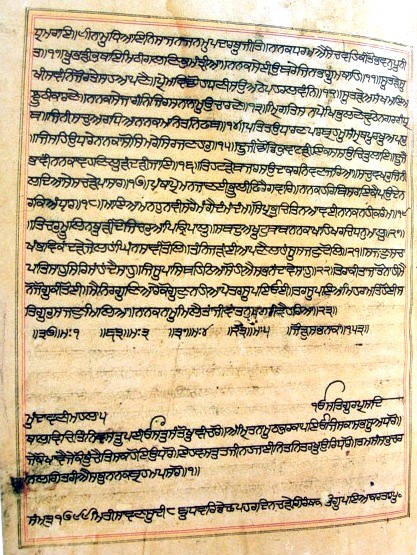
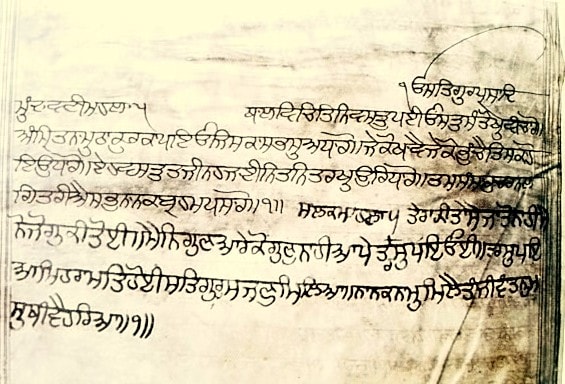
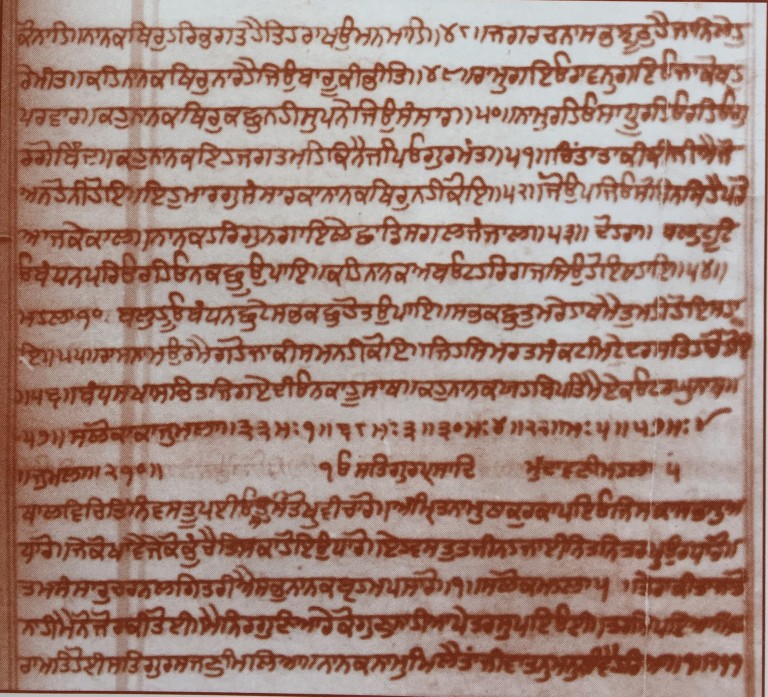
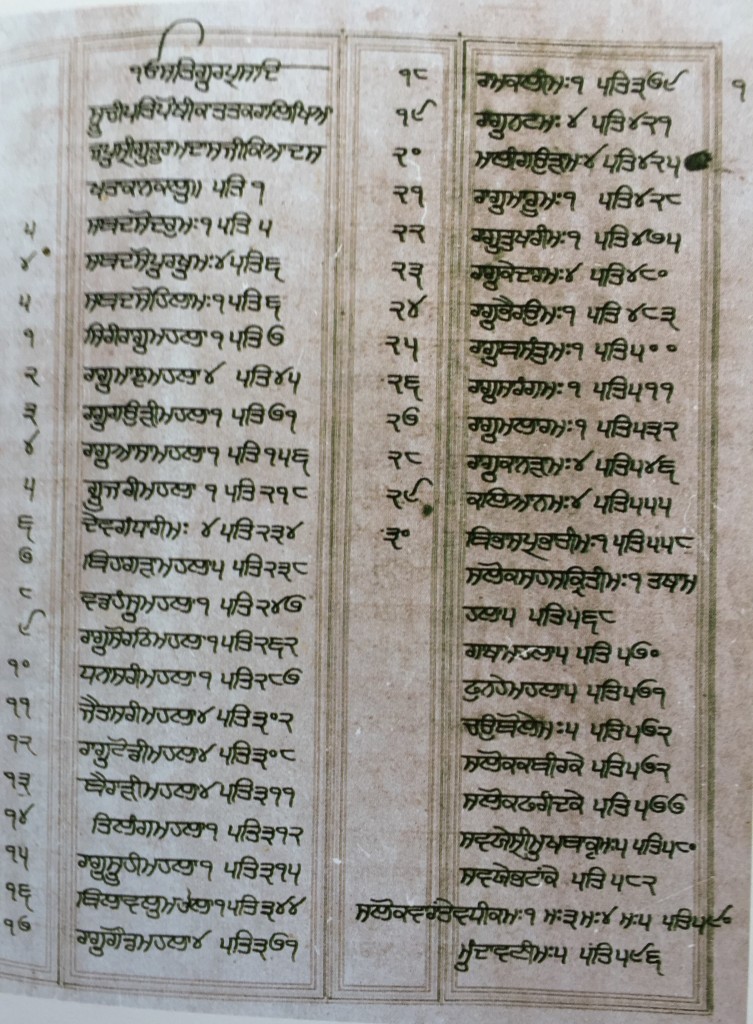
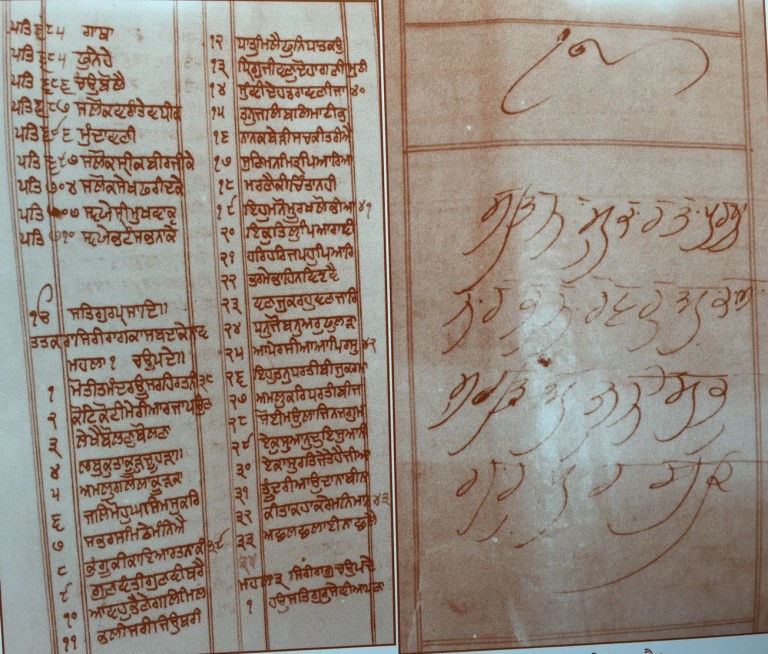
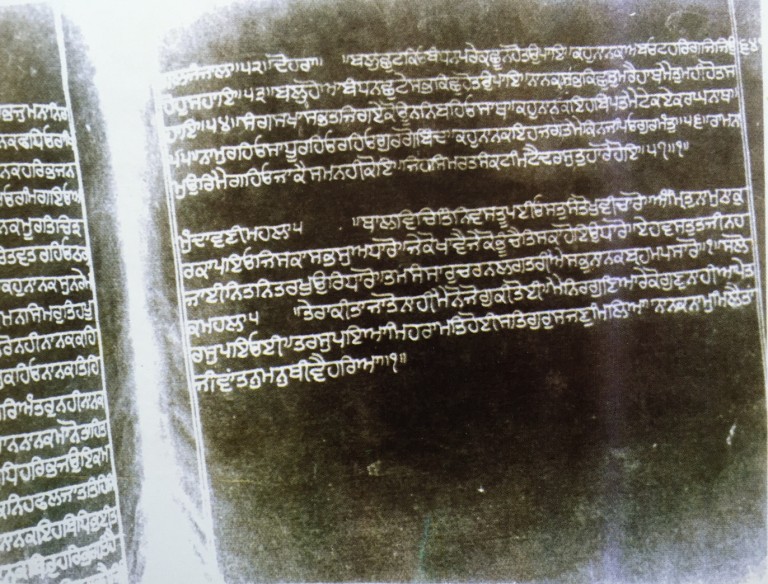
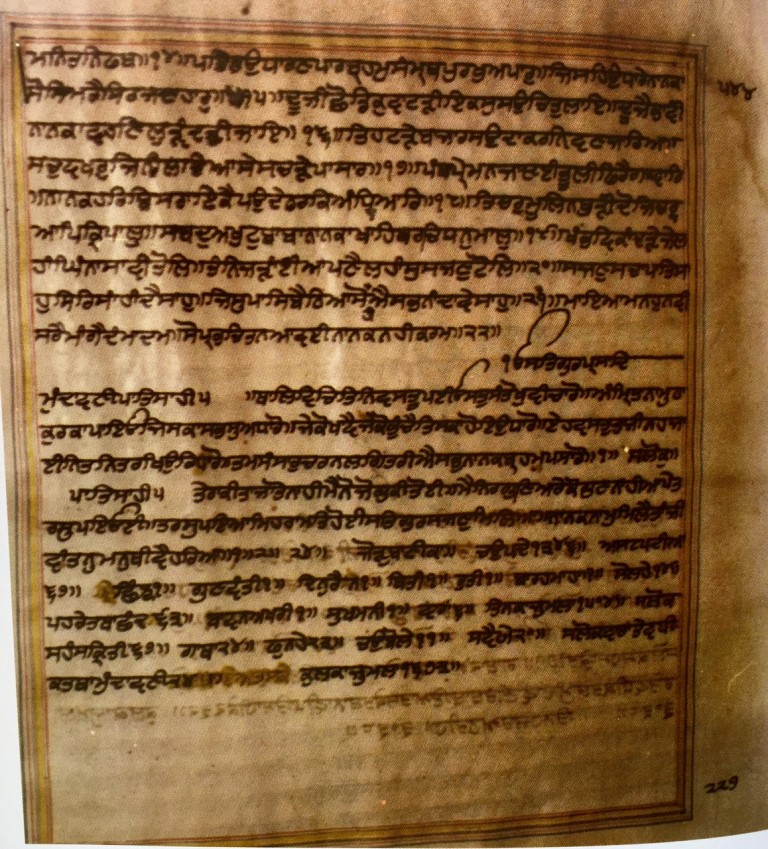
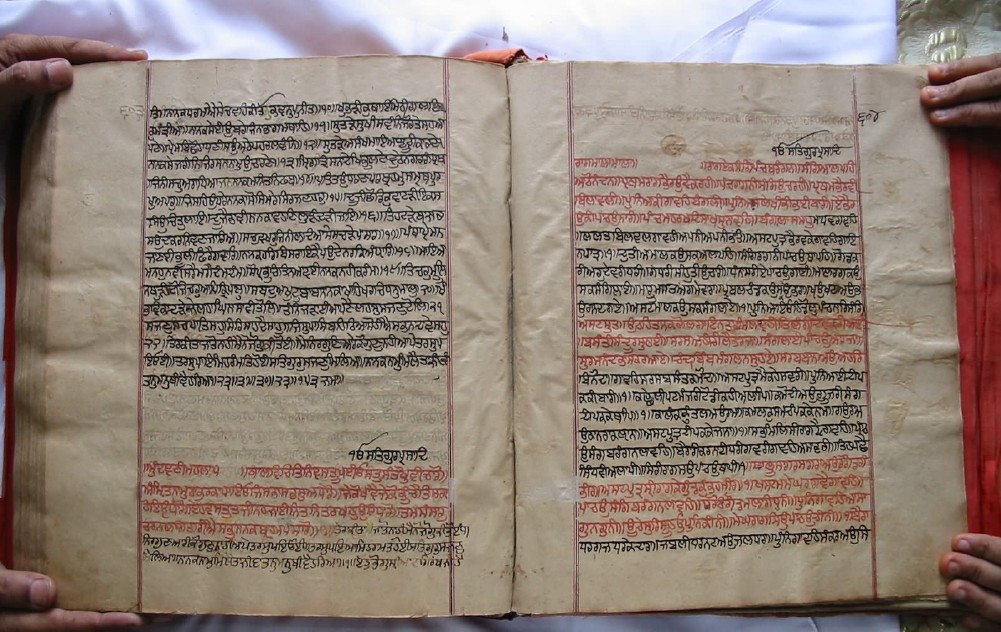
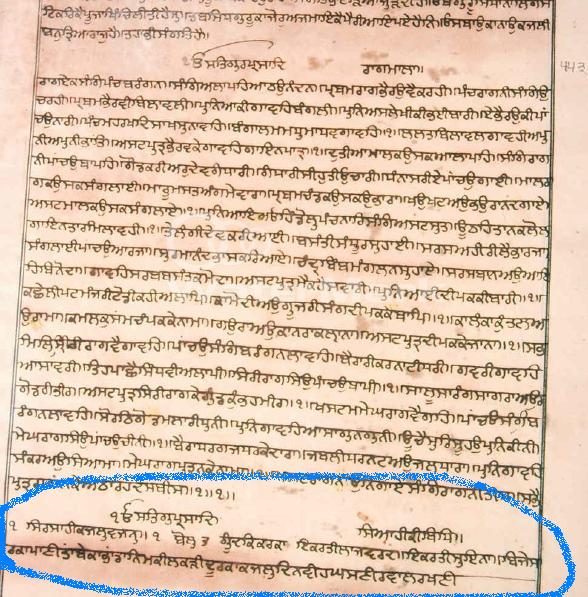
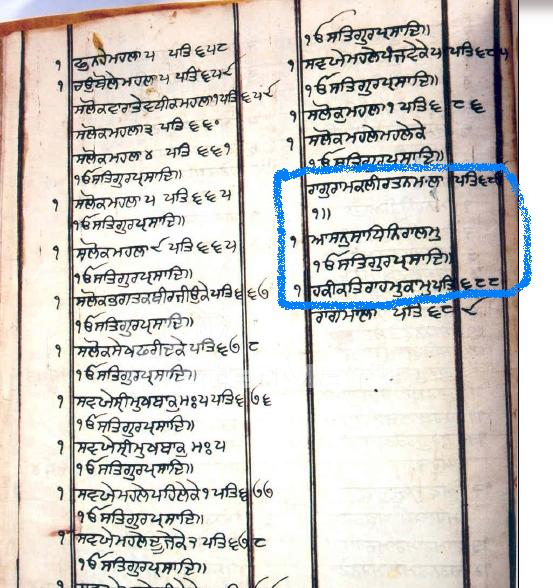
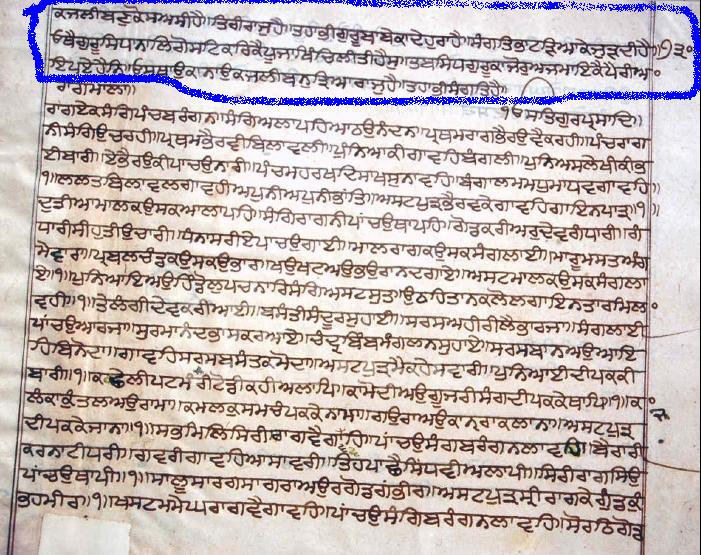
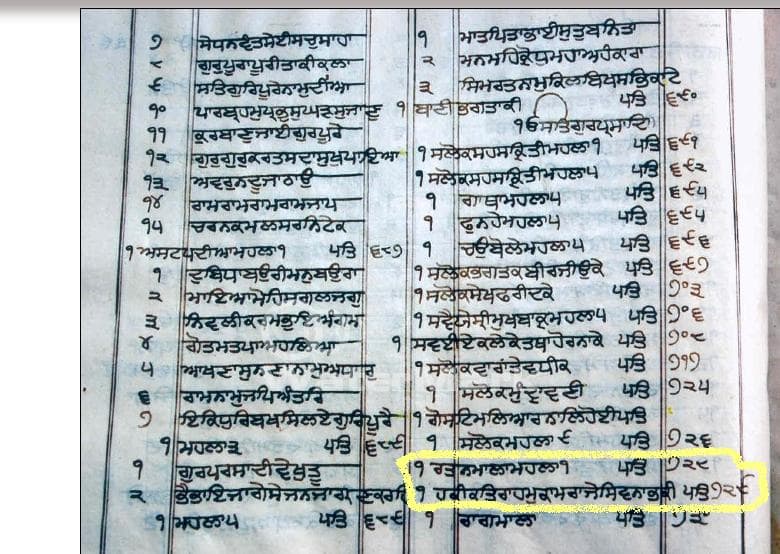
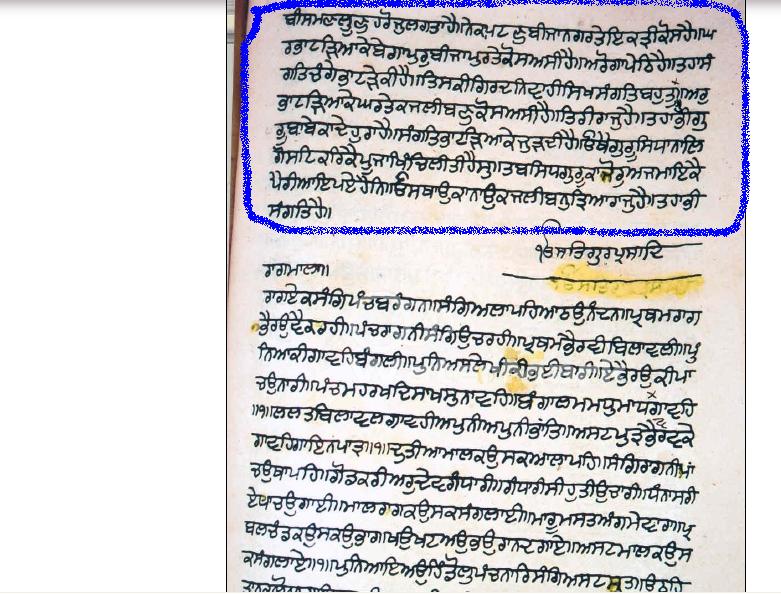
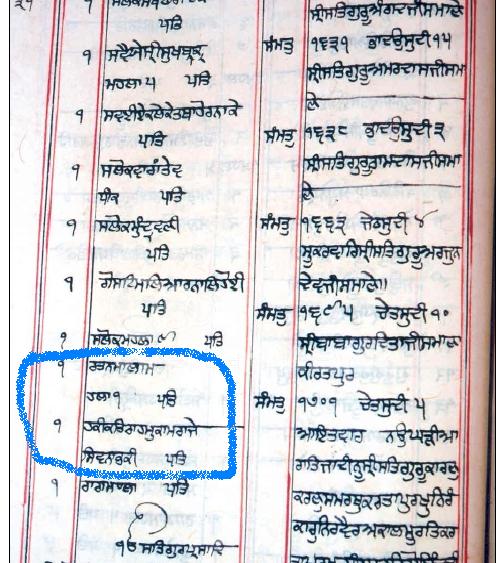
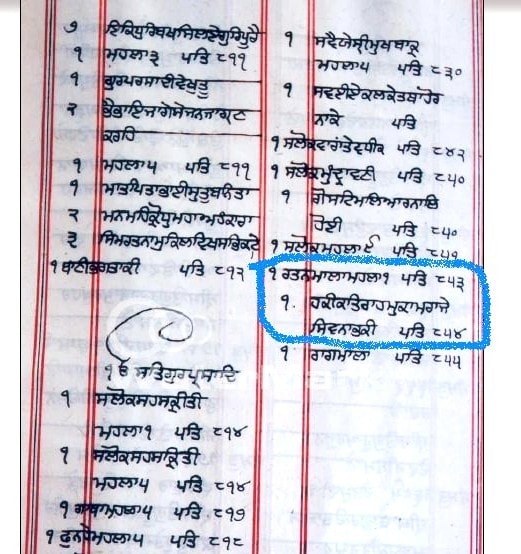
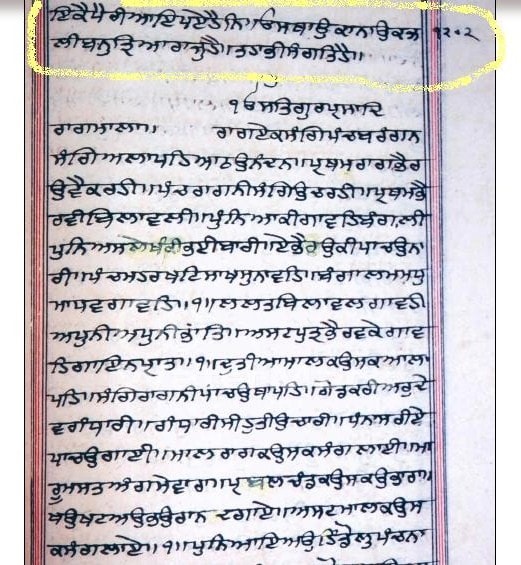
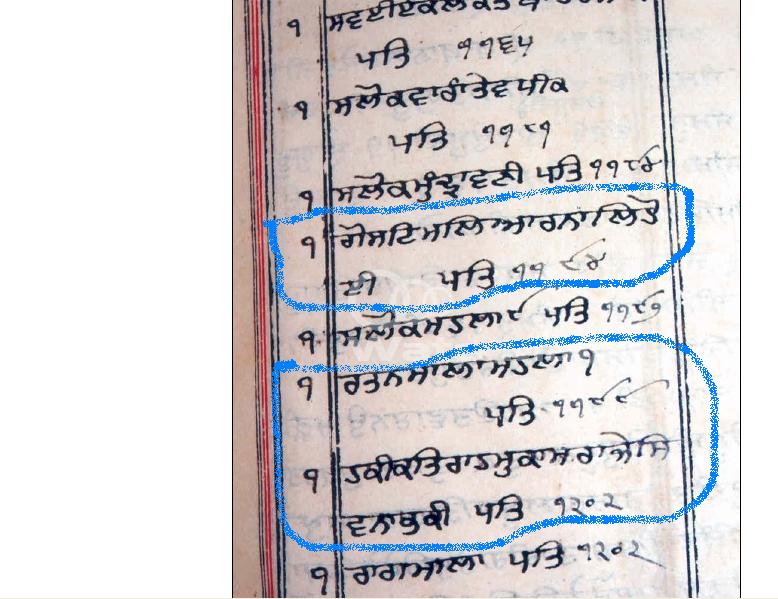
A puraatan saroop from Patna Sahib showing the discredited composition (ਕਚੀ ਬਾਣੀ) entitled “Ghost Maliaar Naal…”, “Ratan-Mala” (which is shown to be Guru Nanak Dev Ji’s composition), and “Hakeekat Raah Mukaam Raaje Shiv Nabh Kee” before Raagmala. (Photo courtesy of www.RagmalaBaniHai.info)
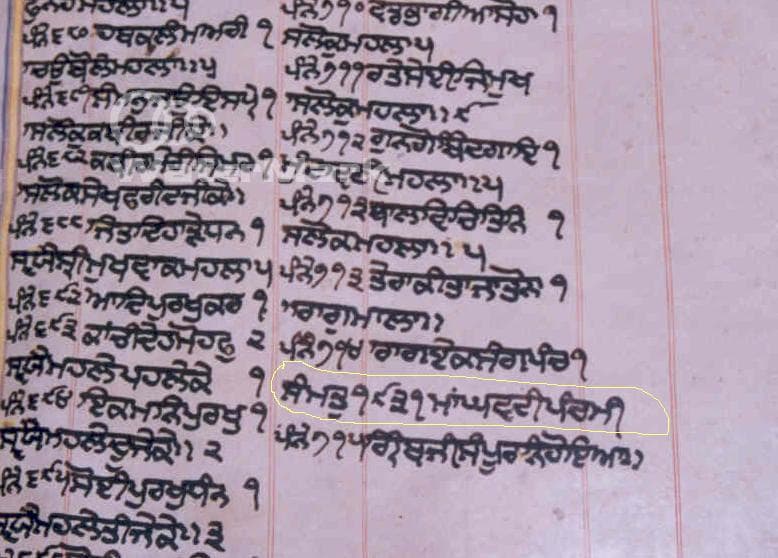
A puraatan Saroop from Sri Damdama Sahib which has only Raagmala at the end. The date that the Saroop was written is recorded as the late 19th century. (Photo courtesy of www.RagmalaBaniHai.info)